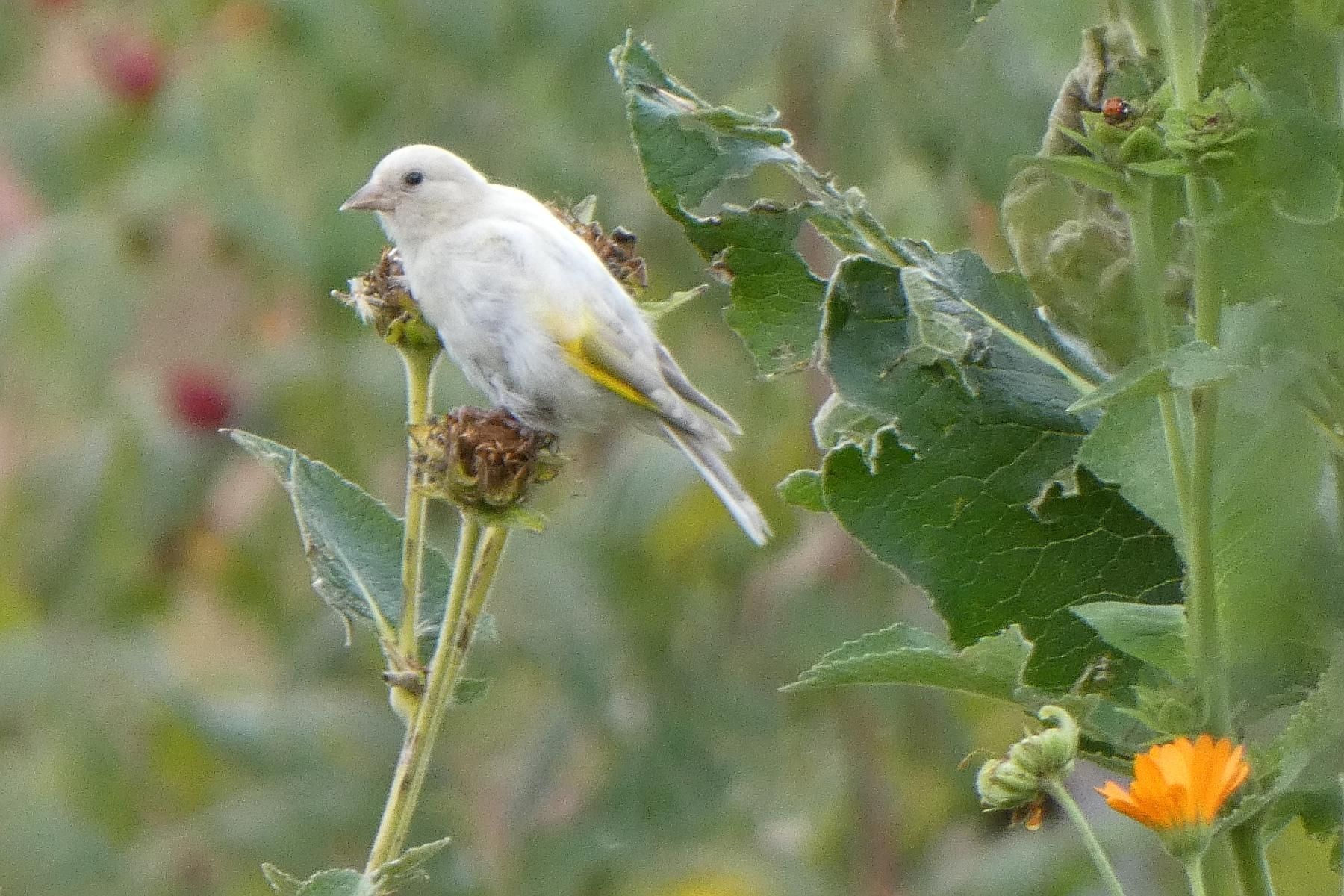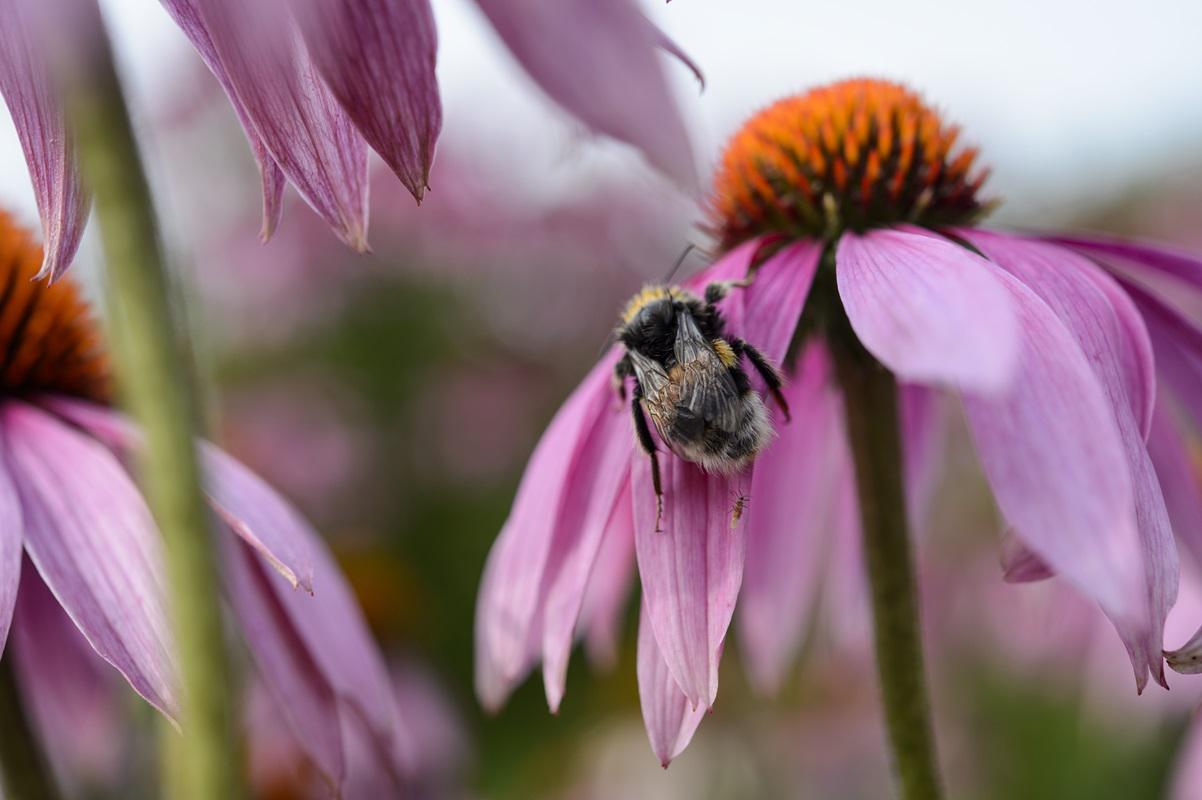1 March 2024
News from the herb field
Biodiversity in our organic Herb Field
At the heart of organic farming is a collaborative approach with surrounding ecosystems, working with nature to support local wildlife and manage the impact of farming on the land and its inhabitants
By not using pesticides and preserving habitats for bird and insects, organic farming nurtures a greater abundance and diversity of animal and plant life compared to conventional farming methods — plant, insect and bird populations on organic farms are up to 50% greater than on non-organic farms.
As well as sourcing our organic herbs from farms around the globe, we also grow our own herbs here in the Somerset countryside. Across two acres, we grow 60 species of medicinal and culinary herbs in our organic herb field — from Marshmallow to Mullein, and Goat’s Rue to Raspberry.
The huge variety of crops that we grow which flower at different times throughout the year provide a fantastic habitat — the herb field is teeming with bees, hover flies, lacewings, and butterflies, not to mention the beetles, worms, slow worms, grass snakes, toads and frogs. We do get problems with aphids from time to time, but our huge population of ladybirds soon puts paid to them. Depending on seasonal weather, cutting back of seed heads is left until mid-February, providing over-wintering habitat for beneficial insects. Wild areas are also left around the perimeter of the field from which we ‘wild harvest’ plants like Nettle and Cleaver.
Every year, we keep a close eye on the creatures inhabiting in the herb field. The ladybirds that nest in the Echinacea heads are just one of 93 different species that we’ve encountered amidst the herbs throughout the last year, including 59 birds — some of which we talk about below.
Leucistic Goldfinch
Leucism is the partial loss of pigmentation of a bird’s plumage (unlike albinism, which is complete loss of colour) and is a rare occurrence in the wild — so we were delighted to spot this leucistic goldfinch perched on our Elecampane (with many thanks to Gareth Pashley for the photo below).

Redwing
Far scarcer than other thrushes, there is such a thrill of glimpsing the vivid red under their wings.
Long-tailed Tit
Small flocks of these uniquely shaped tits periodically maraud through gardens, especially as this feeding pattern means one sees them more seldom than other feeder frequenting birds. Such pretty birds, with their delicate pink, grey and white colouring, and remarkably long tails.
Greenfinch
A favourite finch, owing to its deep colouration (with flashes of gold), impressive bulk, and distinctive "wheeze" from cover.
Green Woodpecker
Rarely seen, one more often hears its "yaffle" (also its folk name) when startled, which this secretive bird often is. They may be found feeding at great length from ants’ nests — its long tongue is perfectly adapted for extracting them from their hole.
Yellowhammer
Its distinctive call is the sound of high summer, and just a shining beauty when seen.
Whitethroat
A rare treat, but often very obligingly visible when shouting the odds from low bushes on coastal paths, and a fine sight they are, too.
Swallow
Every year we have a gulp of swallows that nest in the eaves of our office building. We’ve been lucky enough to spot them swooping in and out, which we’ve caught on camera…
Watch this space for BirdCam, coming soon!


